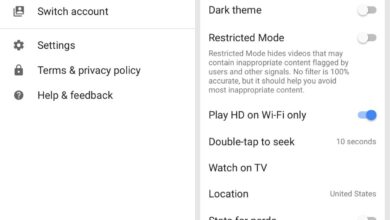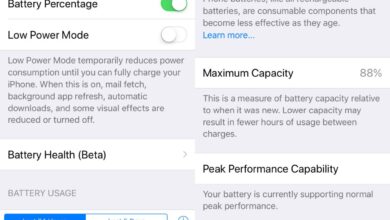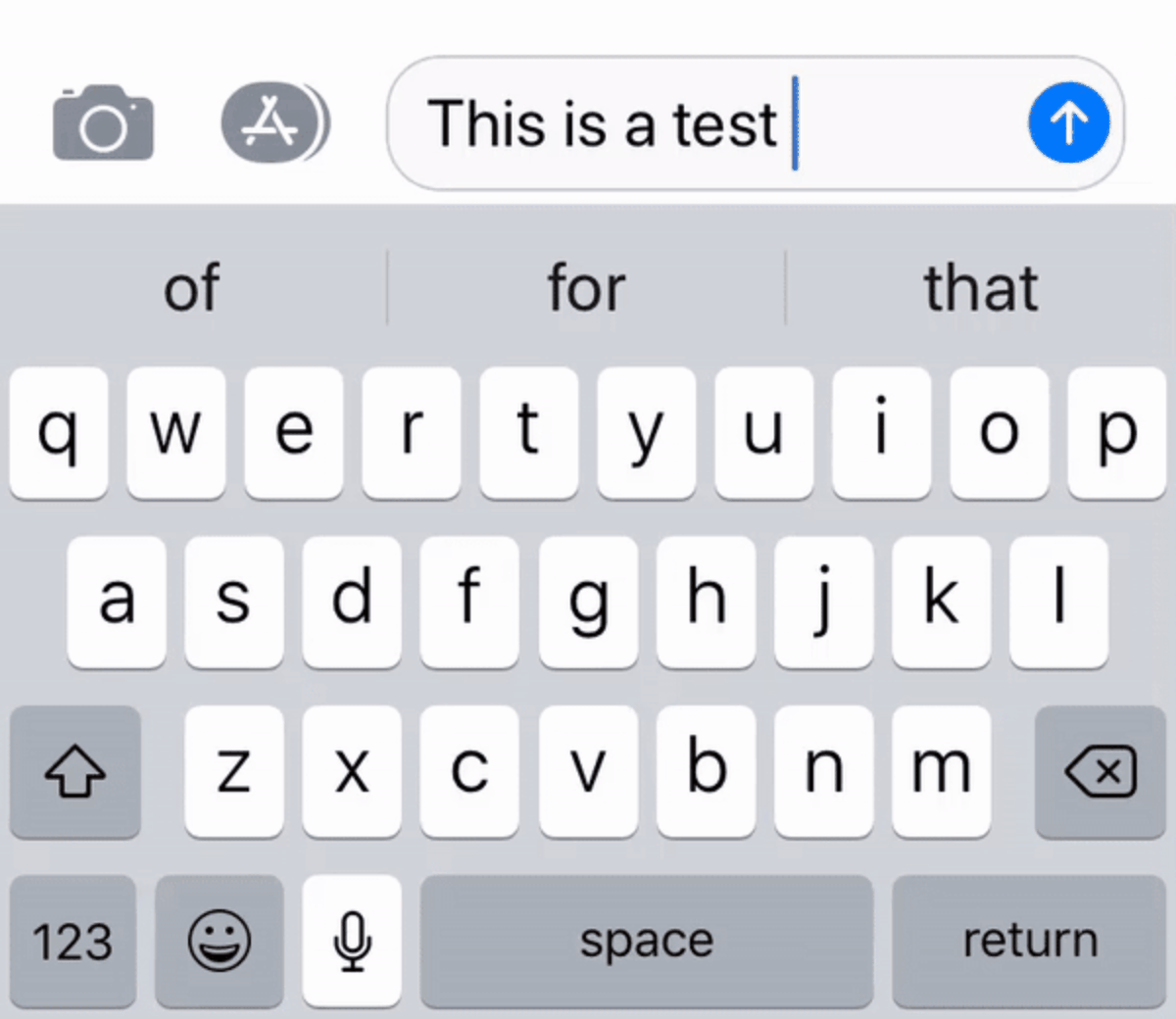Snapchat has become more interactive over time. Given the nature of the app, it needs to constantly add new, relevant features to keep its users engaged. It often releases lenses themed around popular movie releases or trending TV shows. It also has lens challenges and games that you can play with two or more people. Here’s how you can play Snapchat games.

Snapchat games can be accessed from the lenses drawer. They tend to keep changing so a game that’s here today will be gone tomorrow. The point of the app has always been to engage with the content while it’s available. The game you see featured in the screenshot below may no longer be available when you go to try it but you will likely have other games to play.
Open Snapchat and tap on an empty area on the camera view finder, or tap the smiley icon next to the camera shutter button. The games are on the left so swipe left to right to browse them. A game’s lens will have ‘vs’ on its thumbnail. Select a game and tap the Start button to start playing.

Depending on the type of game it is, you might play one round and then challenge a friend tto play, or you might complete the game on your side first and your friend will have to beat your score.
The games offer instructions on how to play them though they’re hardly difficult to figure out. Once you’ve played a round, or completed the game, your score will be shown. You can then snap a photo and send it to the friend you want to challenge.

When your friend receives the snap, they will be able to play the exact same game. Again, depending on the nature of the game, if there’s another round to play, your friend will snap their score and send it to you so that you can continue. If the game is one round for each player, you will see your friend’s final score.
You can challenge several friends to the same game at once. A single snap can be sent to multiple friends and they can all play the game with you. Alternatively, you can create a fresh snap and start a new Snapchat game for each friend that you want to play with.
The games, in addition to being interactive, also include filters etc., that are added to your snap.





